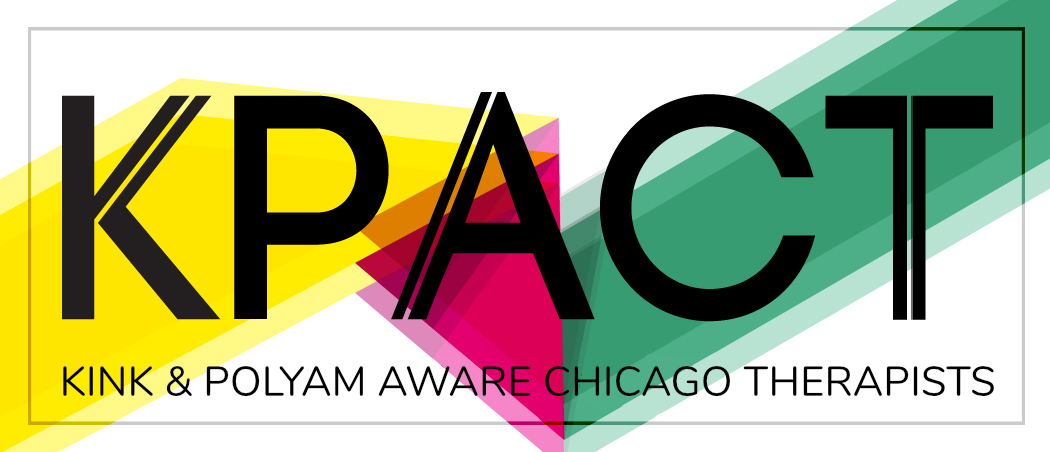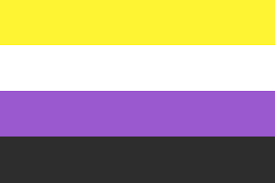written by Greenlee Brown
There are reasons for using labels. They can be very useful, in an elemental way. To label something is to identify it and categorize it, which makes it easier to talk about, and therefore easier to share. Labels can promote intimacy and community, and when more and more people agree on the usefulness of a label then it gains more power. For instance, I am a person (and not— to my great regret— a golden retriever puppy), but there are a lot of labels I use to guide people’s attention to the parts of me that I want to represent, discuss, and work on.
Labels, Labels, Labels
I’m a white person, a queer person, a writer and a partner and a musician. I’m a person who struggles with mental health. I’m also transgender. And the specific label that resonates with me most often is “non-binary.” Here’s where the murkiness begins for me, and where I begin to hesitate about how to explain myself and how I use this term. The definitions proliferate and clash and overlap, depending on the person you talk to—one person’s non-binary gender is another person’s agender identity, is another person’s genderqueer life, is another person’s androgyny. There is no one way to inhabit your body, whether you’re cisgender, transgender, or questioning gender altogether.
One of the greatest gifts of my life has been my inclusion in communities that openly wrestle with gender, white supremacy, class, and sexuality. The people who I’m closest to are willing to make mistakes and face the confusion that comes up. Our identities (and the labels we use) affect our relationships with families, friends, and the world at large. But it’s never easy, and there’s resistance on all sides, especially when I consider how my mental health history is intertwined with my gender journey.
The usefulness of labels exists alongside the fact that labels can also be reductive or harmful—and for someone like me, with a complicated relationship to my body and my mind, the many labels of mental illness and gender expression have left me feeling ensnared and deeply misunderstood. In fact, my experiences with receiving care and support for these issues often depended on my using labels that did not fit and language that did not describe me, both in my daily relationships and in my conversations with healthcare providers.
Complex Intersections
My journey of exploring and explaining my mental health has gathered more and more labels as I’ve gotten older, as diagnostic terms that clarify or obscure my feelings and behavior. Learning about the symptoms of depression and anxiety helped me name my own relationship to them. I was able to use those labels to my advantage, and seek out support: books, therapy, friends who understood. I’m not a therapist, but I do know that mental health has its roots in so many parts of who we are: our childhood, our personality, the events that we’ve struggled with.
I have a history of complex trauma, meaning that my struggles with mental health have multiple roots: events and abuse from my childhood, my family background, and my adolescence have coalesced into a tangle, which can sometimes make it difficult for me to sort out the sources of my suffering. It took me a very long time to find words for my past that didn’t end up making me feel like I was to blame, or that I was broken in some way. A freak, or a drama queen. I grew up calling myself a girl, so of course people treated me like a girl. My emotions and behavior—whatever they were—were interpreted through a feminine lens, and sometimes the responses I received from family members, teachers and peers were dismissive or harmful because of how they interpreted my gender. One pervasive stereotype of femininity is the tendency to be overemotional and hypersensitive, and therefore it’s easier to dismiss a feminine person’s emotions and behavior. I’ve been on both sides of this stereotype, and I first learned about it from other people who would chalk up my feelings to “being a girl.”
About four years ago I started calling myself as “trans” and “non-binary” because I was looking for language that would give a sharper shape to my embodiment. Paradoxically, I was looking for words that would guide people’s attention to the “in-betweenness” of my gender, the ways that I don’t feel like a man or a woman. I wanted to use a more specific word to describe my fuzzy gender. My traits, appearance, and personality contain swirling combinations of masculinity and femininity, which is why my personal pronouns are they, them, theirs—my gender contains multitudes, and so do I.
Trans Enough?
Trans people don’t need hormones or surgery or a certain style of clothing or haircut to be “trans enough,” though I’ve been able (and lucky enough) to soothe my dysphoria (somewhat!) through testosterone injections and top surgery. However, to access these treatments—which is a nicer way of saying “to get a health insurance company to pay for anything”—I had to prove the extent of my “trans-ness” to therapists, doctors, and surgeons, which meant using language that made my gender legible to them and illegible to myself. I also found that if I wanted these doctors, surgeons and therapists to help me, I had to perform a tricky tightrope act: I had to be “mentally ill enough” to warrant treatment, but not so mentally ill that they could pin my dysphoria on my history of trauma instead of my gender identity.
Depending on where you live and how you intend to pay for treatment, you might be required to attend mandatory therapy sessions, obtain letters summarizing your treatment, and submit those letters to a health insurance company or a surgeon. It took me the better part of a year to convince my therapist, a kind woman who had seen me and treated me as a feminine-presenting teen, that I was trans and that I wasn’t just dissociating or responding to my traumatic past. On top of that, I learned very quickly to avoid calling myself non-binary, a term that confused my therapist, the gynecologist that I met with to discuss hormone therapy, and the surgeon who consulted with me about getting top surgery.
For each of these people, the term “non-binary” implied a fuzziness of resolve. The surgeon asked: does that mean you’re not trans? The gynecologist wondered aloud, “I don’t know that hormone therapy would really help you—it sounds more…(here she paused)…psychological to me.” My therapist, listening to me with a frown as I fumbled through trying to tell her that my dysphoria was debilitating whether or not I had a clear gender, cautioned me, “You just have a very complicated history. I worry that you’ll regret this.”
To get the care I needed, I changed my public narrative. I started telling all medical providers that I was a man, that I’d been living as a man, and planned to continue living as a man. Pretty soon, my hormones were prescribed, and my top surgery was scheduled. I was both very happy to get the things I needed, and very sad that I’d had to lie to get them. It was a woozy mirror experience of the way that my gender had always been misinterpreted as female by people who needed that label fare more than I ever did.
Part of the reason I’m so happy to be working at Lifeworks is because I trust these clinicians, and I trust their mission. Therapists and other people who provide care without stigma or stereotype are in short supply everywhere. And if I can’t be a golden retriever puppy, I know that I can be a queer and nonbinary person, without having to use a label I don’t want, or sacrifice a label that fits me.

